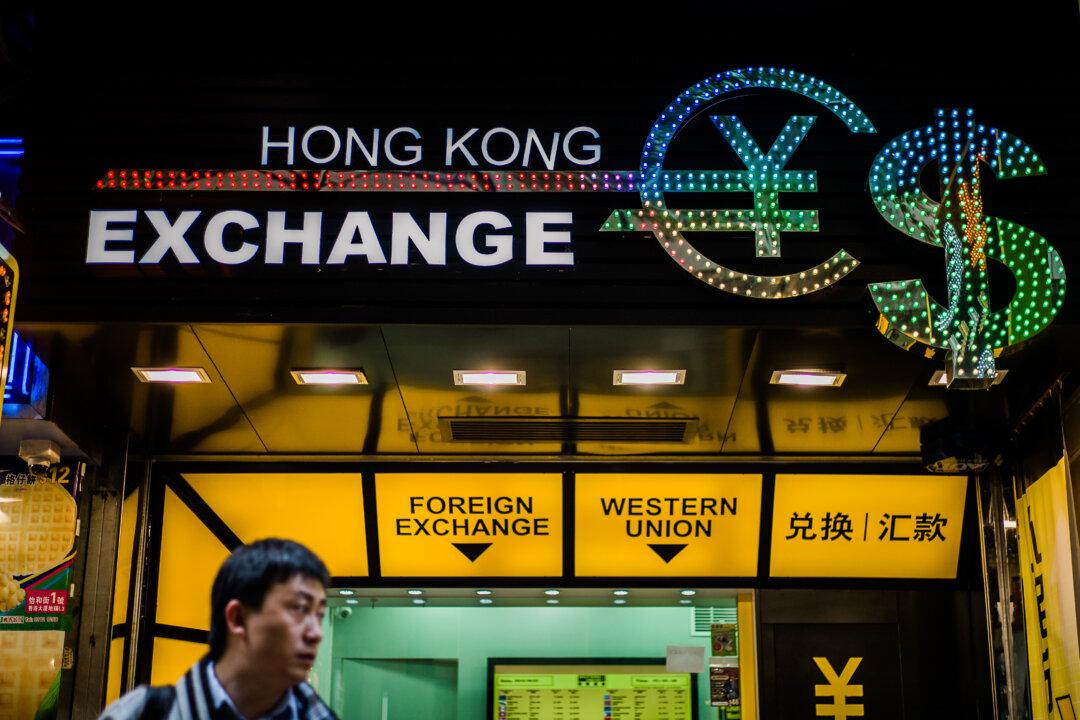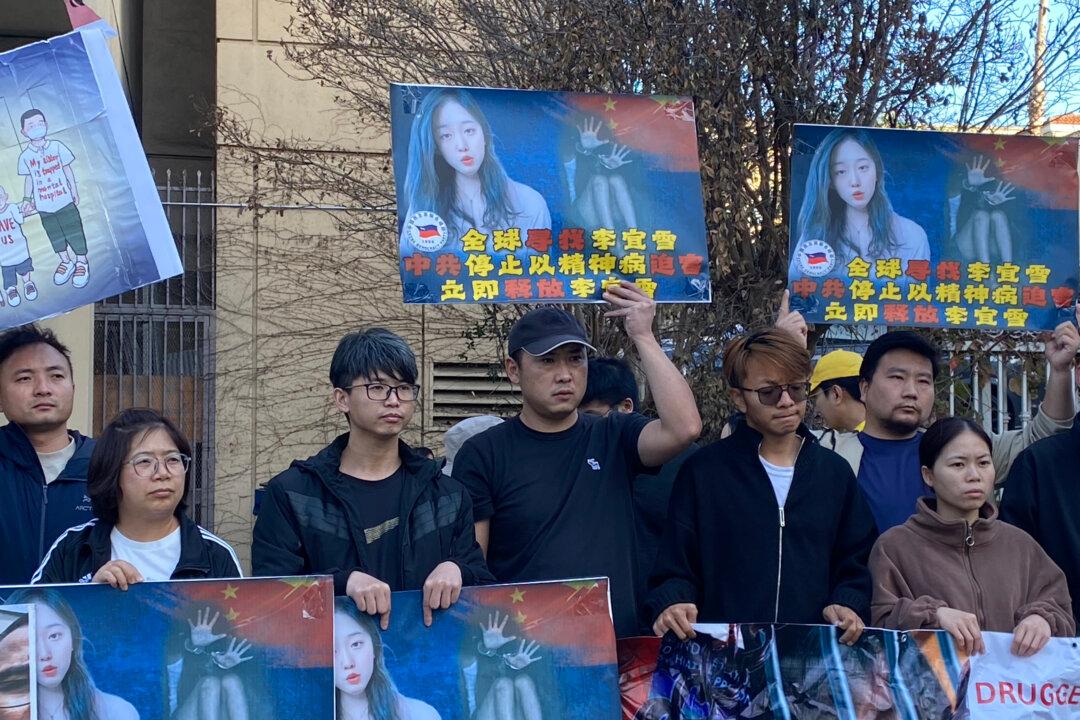Local government debt in China has reached an alarming level, with the Chinese Communist Party (CCP) resorting to frequent issuance of “special bonds” to mitigate the crisis.
According to documents from the China Bond Information Network, Guizhou Province recently issued “special refinancing bonds” on March 18. This marks the sixth issuance of such bonds by the provincial government over the past six months, with total issuance amounting to approximately $39 billion, highlighting the ongoing struggle to manage local debt.






